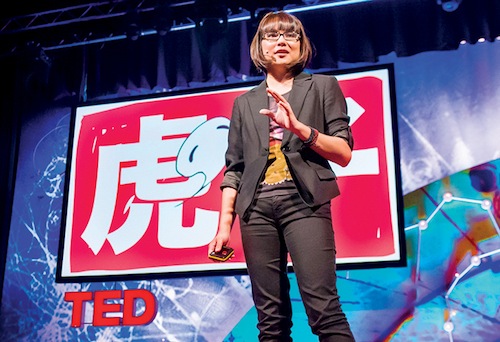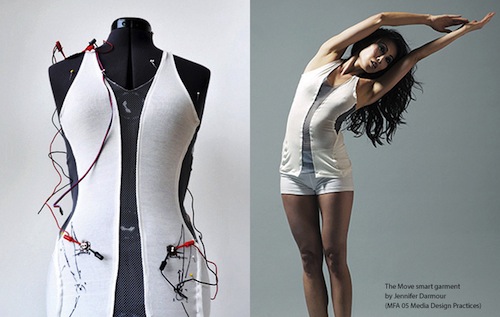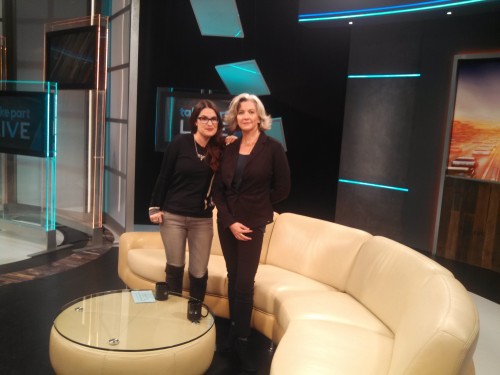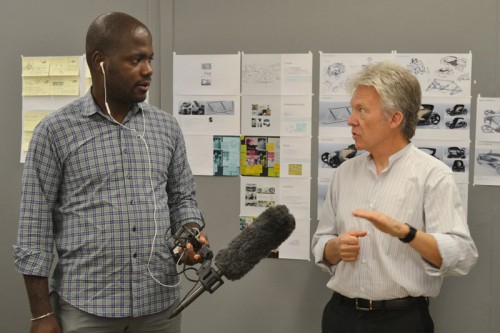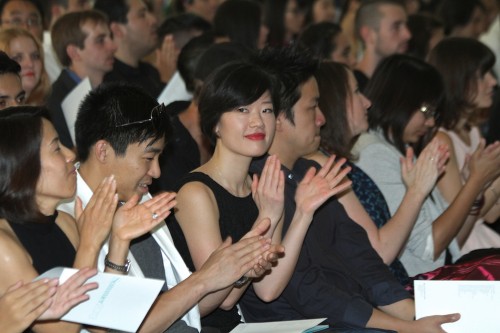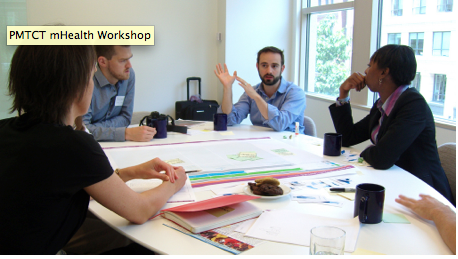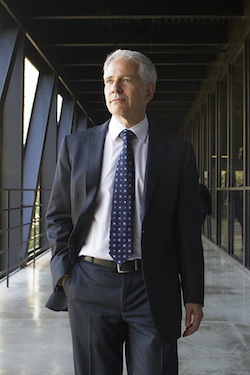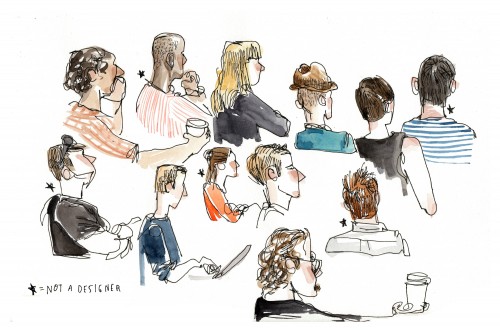
© 2013 Wendy MacNaughton for LEAP Symposium
Editor’s note: This is the first in our Dotted Line series of three stories from “The New Professional Frontier in Design for Social Innovation: LEAP Symposium,” hosted by Art Center College of Design, Sept. 19–21, 2013.
__
Can design propel social change? If reducing infant mortality risk from HIV in Africa or improving rice crop outcomes among low-income farmers in Asia are any measure, the unequivocal answer—as participants in a three-day immersive symposium at Art Center amply demonstrated—is yes.
Less definitive are answers to the question that prompted the gathering: If I am a designer interested in this kind of work, what kinds of career pathways are available to me?
Organized by the College’s social impact department Designmatters with curatorial contributions from a “braintrust” of pioneers in the rapidly emerging field of design for social innovation, the LEAP Symposium kicked off September 19 at Art Center’s Hillside Campus in Pasadena, giving more than 100 invited participants from across the country an opportunity to examine current professional practices, values and opportunities; share challenges and successes; and envision possibilities for the future.
Why LEAP?
“To leap is not to move timidly, but to advance with great determination,” said Mariana Amatullo, co-founder and Vice President, Designmatters, in her opening remarks in Ahmanson Auditorium. “Design offers an unmapped frontier for social innovation, and the symposium is intended to serve as a platform for creative leaps into that space.”
Amatullo noted that the symposium would be “seeded with probes and what-if scenarios” and that honesty was the most important element of the “genuine conversation and free exchange of ideas” she hoped to foster. She also thanked the many individuals, organizations, companies, networks and foundations that made the LEAP symposium possible, including The National Endowment for the Arts and the Surdna Foundation, along with private sector partners Steelcase, Adobe, Sappi and Autodesk.
She posed three main questions as a point of departure for LEAP: What is design for social innovation? How does it manifest? Why does it matter?
“This is a time when we recognize a sense of urgency for social change to happen—perhaps on a broader scope than ever before—and with it, a call for path-creating forms of collaboration, and generative modes of intervention,” said Amatullo.
Participants, comprised of 60 percent designers and 40 percent non-designers, ranged from leaders at global NGOs and design firms to still-in-school designers directing their education toward social innovation.
Students officially made up 10 percent of participants, but at LEAP, everyone was there to teach, and everyone was there to learn. Continue reading →
